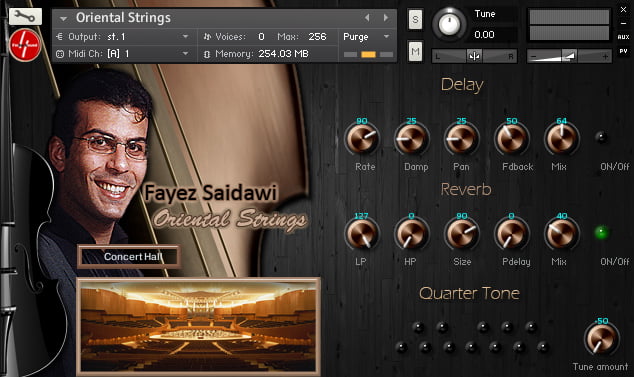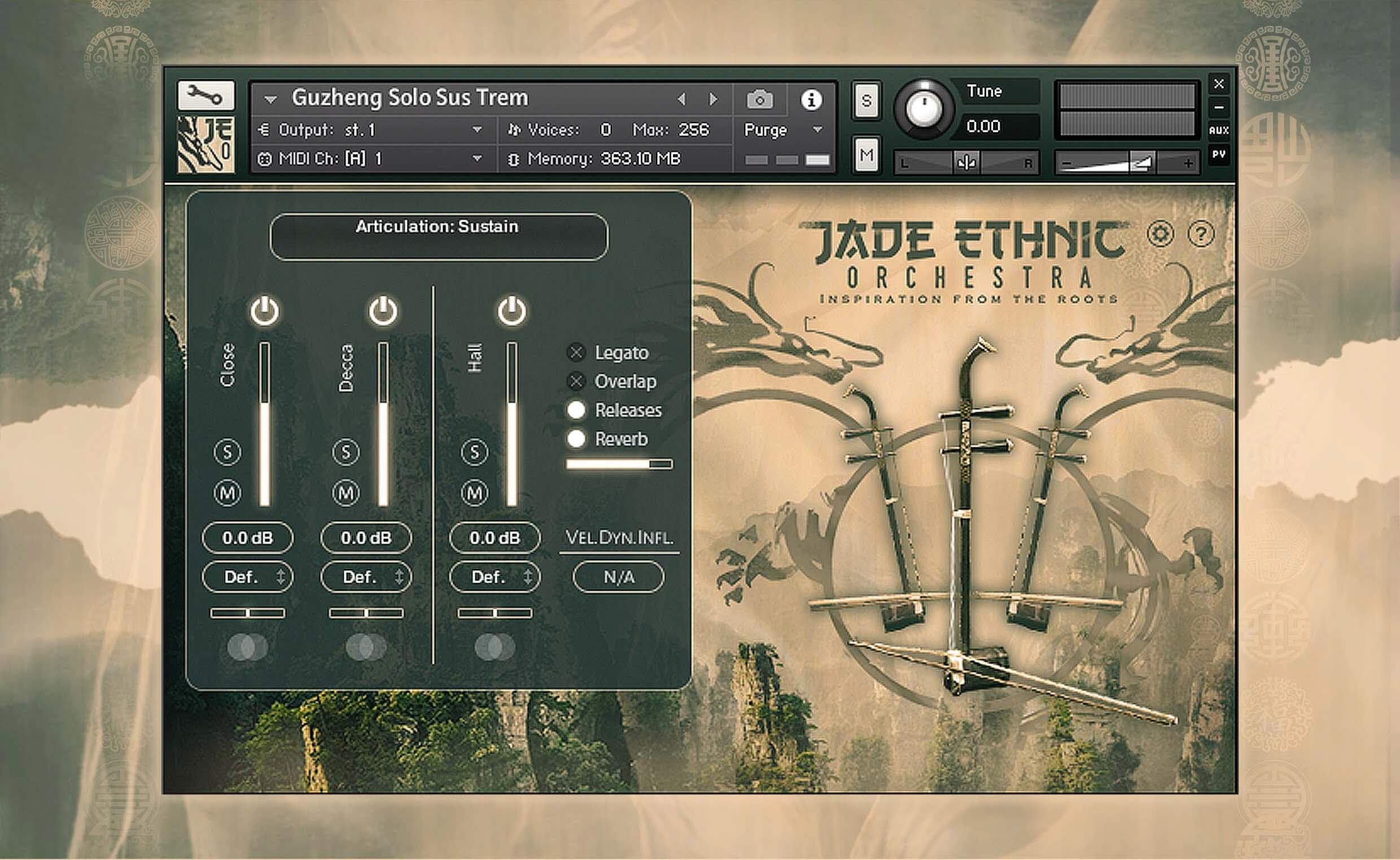

The EQ and compressor are "sampled" from pre-existing Guitar Rig counterparts that were recently made available for purchase individually (or as part of the Solid Mix bundle). All told, there are 37 new filter types, a new EQ, a new compressor, a transient shaper and a saturator. When choosing from the list of possible effects to use in those new channels, you'll notice the last of the major upgrades-a horde of new effect types. The chosen destination of a given group can even be changed from one instrument bus to another via KSP scripting if you feel like getting really geeky. This new option, in combination with the existing insert and aux effect channels, allows for pretty much any effect routing combination that one could dream up. A good example of when you might want to use the instrument bus is a drum kit instrument, in which you might want to have the same set of effects to process the closed hi-hat, open hi-hat and ride cymbal samples, even if they are in separate zones.Įach of the 16 instrument buses can be renamed to more easily reference the effects chain contained therein, and as a nice touch there are even level meters that show the volume level of each bus after the effects have done their thing to the signal. This is a powerful new way of applying effect chains to more than one group at once without needing to duplicate the chain of effect modules on each group-saving both time and more importantly, CPU.


Moving on from there, when you get past the amplifier panel you'll see an entirely new section called the Instrument Bus.
#Kontakt 5 samples pro
One downside to the Time Machine Pro mode is that automation of pitch either doesn't work, or has been disabled intentionally. There are some examples on NI's Kontakt page that show off the possibilities here. This algorithm is pretty convincing for most audio material, allowing you to stretch a sample by as much as 600% or shrink by 50%. One of the few truly new features that Kontakt 5 brings to the table is the aforementioned Time Machine Pro sampling mode, which was reportedly developed for NI by the time-stretching specialists at zPlane. In a trend that will become evident in the course of this review, Native Instruments "sampled" from their other products for many of Kontakt 5's enhancements-in this case those vintage sampler algorithms are borrowed straight from Maschine. There you'll find a smart new time-stretching mode called Time Machine Pro, as well as two vintage sampler modes that are reported to be modeled after the Akai S1200 and MPC60 samplers that were responsible for oh so many hip-hop anthems. The first change you're likely to see is the new set of options in the Sampler mode dropdown. It's only when you dig into the various editor panels that you start to notice some of the upgrades. Visually you would have a hard time distinguishing Kontakt 4 and Kontakt 5 in a side-by-side comparison, as there were no major changes to the interface this time around.
#Kontakt 5 samples full
So what's new with Kontakt 5? Are the changes worthy of the full point upgrade? With alternatives like MOTU's latest version of MachFive re-emerging from the shadows and raising some eyebrows with its overhauled UI and new features, there is some pressure growing for Native Instruments to innovate. This soft-sampler powerhouse has been an industry standard for nearly a decade, but some interesting competition has been cropping up lately.
#Kontakt 5 samples upgrade
Native Instruments' latest super bundle Komplete is back with its eighth iteration and among the instruments getting a major-point upgrade is Kontakt, which jumps to version 5.


 0 kommentar(er)
0 kommentar(er)
